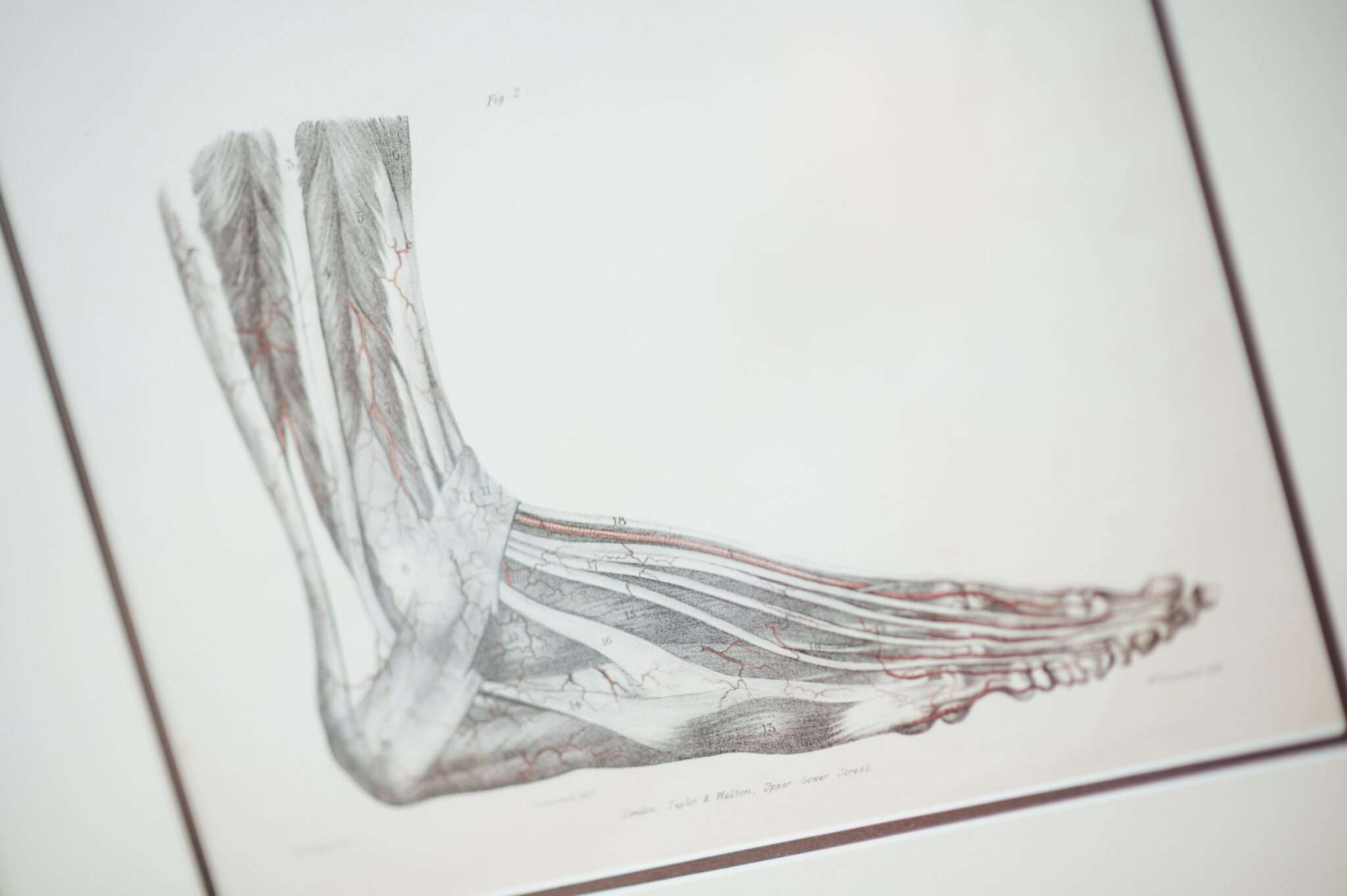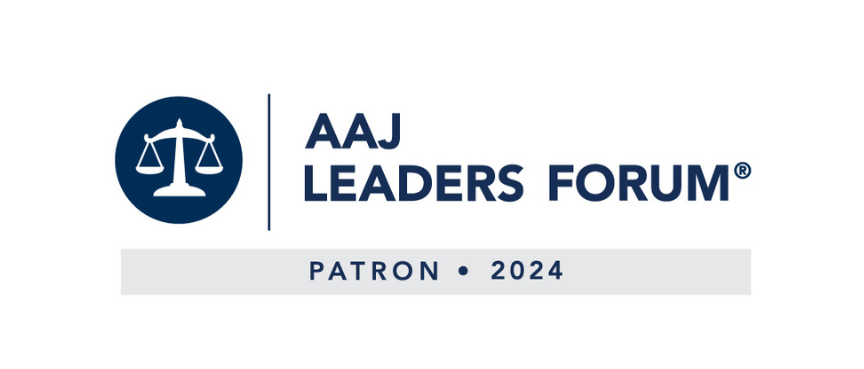Foot and ankle injuries are common in North Carolina automobile collisions. This happens because the extreme force in this type of car accident causes the foot space within the internal car compartment to crush. As the driver and/or passengers resist this force by placing weight on their feet, the energy is absorbed through the ankle and foot.
In fact, right foot injury in an automobile collision is actually more common than left foot injury because drivers load their weight on the brake pedal with their right foot. This loading weight increases the likelihood of injury as the impact is absorbed through the toes, foot, and ankle.
Common Foot Injuries
We rely on our feet and ankles to get where we want to go. In fact, they carry our entire body weight when we are standing, but it’s not until they suffer an injury that we realize how important they are to us. When they are injured in a North Carolina automobile collision, the injury can be temporary or utterly devastating. Below are the most common injuries suffered:
- Cuts, Scrapes and Gashes (soft tissue injury) – If a cut is deep enough, skin glue or stitches may be required. Depending on the location of the cut or gash on your foot, your foot may need to be immobilized to remove pressure from the area and allow the wound to heal.
- Bruises – A skin bruise usually heals on its on. The familiar colors of black and blue transform into green and yellow. Unfortunately, if the bruised area retains blood it may need to be drained to relieve pain. Internal injuries and bone bruises are also a consideration.
- Sprains – Foot sprains are broken down into three categories (Grade I, II and III). Grade I sprains involve mild tears or stretching of a ligament. Grade II is more pronounced and Grade III (most severe) involves completely torn ligaments and may result in foot instability.
- Fracture (broken bone) – The treatment for a foot fracture depends on which bone (heel bone, metatarsal bone, lisfranc fracture or ankle bone) was broken. Some foot fractures do heal on their own but you will most likely need reduction, immobilization and surgical repair.
Your feet, just like the rest of your body, can sustain trauma in a car accident but unlike other parts of your body, your feet bear the ultimate responsibility of carrying your body weight daily. A foot injury after a car accident can be a painful, frustrating injury and can require extensive therapy for recovery.
Common Ankle Injuries
An ankle fracture occurs when the bones are broken. An ankle sprain occurs when you tear or stretch the ligaments that hold the ankle together. For non-medical professionals, it can be difficult to tell the difference between the two because the symptoms are often very similar.
The most common types of breaks include:
- Distal fibula fractures
- Lateral malleolus fractures
- Medial malleolus fractures
- Posterior malleolus fractures
- Bimalleolar fractures
- Trimalleolar fractures
- Talus fractures
- Pilon Fractures (the distal part of the tibia)
- Syndesmotic Injuries (disruption of the distal attachment of the tibia and fibula)
These fractures can be nondisplaced (the broken bones remain in place but are cracked) or displaced (the bones are no longer in place). Nondisplaced fractures can often be treated with a splint or cast whereas displaced fractures will require surgery, typically which involves open reduction and internal fixation (ORIF). In a car, truck, and motorcycle accident, ankle fractures are more likely to be displaced and more likely to require ORIF surgery.
Recovery
Most minor-to-moderate injuries will heal within 2 to 4 weeks. More severe injuries, such as injuries that need a cast or splint, will need a longer time to heal, up to 6 to 8 weeks. The most serious injuries will need surgery to reduce the bone and allow the ligaments to heal. The healing process can be anywhere from 6 to 8 months.
Representation for Foot & Ankle Injuries
If you’ve suffered a foot or ankle injury in a North Carolina automobile collision caused by another driver’s negligence, you are entitled to compensation for the damages you’ve incurred. Maginnis Law’s lead personal injury attorney, T. Shawn Howard is experienced in handling complex cases including those involving victims who have suffered foot or ankle injuries due to the negligence of another North Carolina driver.
All personal injury matters are handled on a contingency basis – meaning that you do not pay any attorneys’ fee unless and until we make a recovery on your behalf. You can contact us at (919) 526-0450. Email inquiries may be sent through our contact page.







